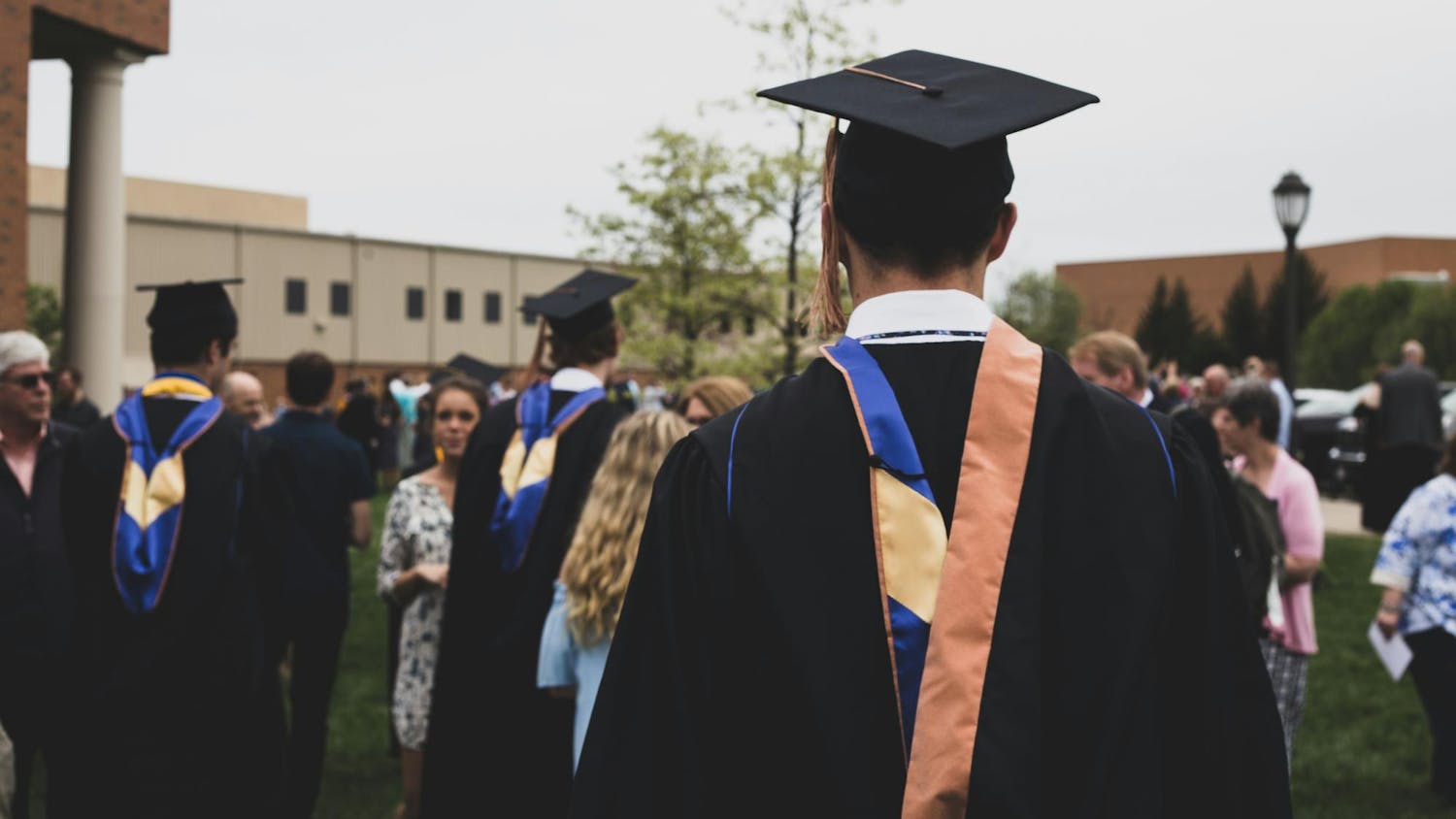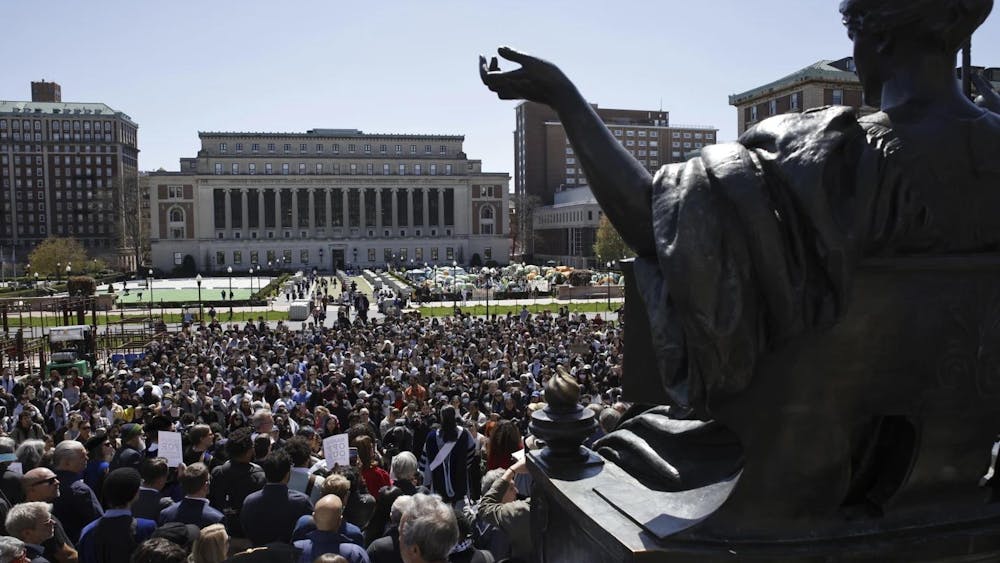Morten Eskildsen, professor of experimental condensed matter physics, was named an American Physical Society (APS) Fellow in the Condensed Matter Physics division in December. The Society recognized his research regarding type-II superconductors.
Eskildsen, who has been a member of the Notre Dame faculty since 2003, was one of 32 condensed matter physicists selected from a nomination pool of 6,000. The APS elects Fellows for their “exceptional contributions to the physics enterprise,” according to its website.
Eskildsen's recent research on superconductors has provided insight on this aspect of physics. Superconductors are substances considered an “emergent phase,” he said.
“The fundamental constituents that make up a superconducting material, atoms and electrons, are well-known with well-understood properties,” Eskildsen said. “Nonetheless, when a large number are combined into a material, the interactions can lead to new physical phenomena.”
Since superconductors can carry electric currents without any loss, they have enormous potential for technological use, Eskildsen said. In addition to furthering the fundamental understanding of particle interaction, research on superconductors could improve the functionality of these materials, he said.
“Currently, the practical use of superconductors is mainly in very strong electromagnets,” said Eskildsen. “Since there is no loss, these magnets can be charged and basically ‘store’ a magnetic field indefinitely. This is used for NMR magnets, MRI scanners and also in the magnets in the Large Hadron Collider at CERN.”
Eskildsen’s primary research focus is the vortex lattices that exist within superconductors in magnetic fields.
“They are like little (nano-scale) electric tornadoes,” Eskildsen said.
Eskildsen said the electric vortices behave differently within different superconductors, and observing these variations allowed him and his team to understand more about certain mysterious superconductors that are of “special fundamental importance,” he said. Eskildsen's research also has implications regarding the practical use of superconductors, he said.
“Current in the superconductor will compel the vortices to move and if they do so that will lead to losses; even in the superconducting state,” Eskildsen said. “So the study of vortex dynamics and vortex pinning is of considerable practical importance.”
For example, Eskildsen said development of more effective superconductors could solve the problem of “power transmission lines where a lot of the electricity generated at power plants is lost.”
“So far all superconductors have to be cooled to cryogenic temperatures,” Eskildsen said. “If one could discover a superconductor that would work at room temperature, one could potentially solve these problems.”













